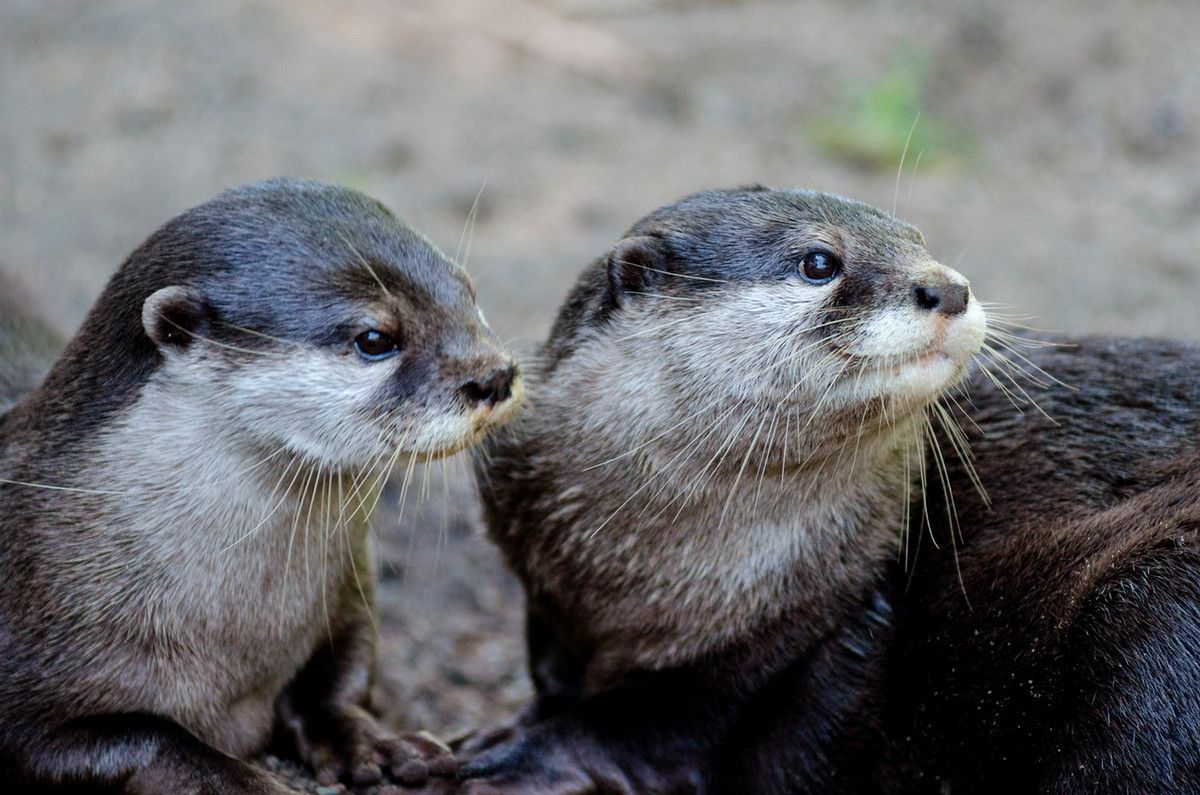Y: Have I ever asked you what your favorite animal is, Don?
D: I think so, but I don’t remember what I said. I’m going to go with anteaters this time around. What’s yours?
Y: Rhinoceroses.
D: Both of us might be out of luck if we want to see our favorite animals thrive in the next century, according to a group of researchers who used statistical tools to predict what kinds of animals will predominate over the next century. They looked at five categories—body mass, litter or clutch size, breadth of habitat, their diet, and the length of time between generations—and forecast which characteristics the animals of the future will likely have. Their findings suggest that animals in the next hundred years will be small, highly fertile, and able to thrive in a variety of habitats. They’ll also have short lifespans and eat insects.
Y: So at least your anteater has its insect-eating habits going for it.
D: One out of five isn’t great. If things keep going the way they are, we might not be seeing that many anteaters in the future.
Y: Does the future look bright for any birds or mammal?
D: Rodents and songbirds will probably be the luckiest. But “lucky” might be too strong a word: biodiversity is crucial for ecosystems to function, so the world in general will be worse off if we don’t work to preserve biodiversity. The biggest threats to animals are deforestation, urbanization, over-farming, and global warming.
Y: I bet if we asked any other animal what its favorite animal is, it wouldn’t say “humans.”










